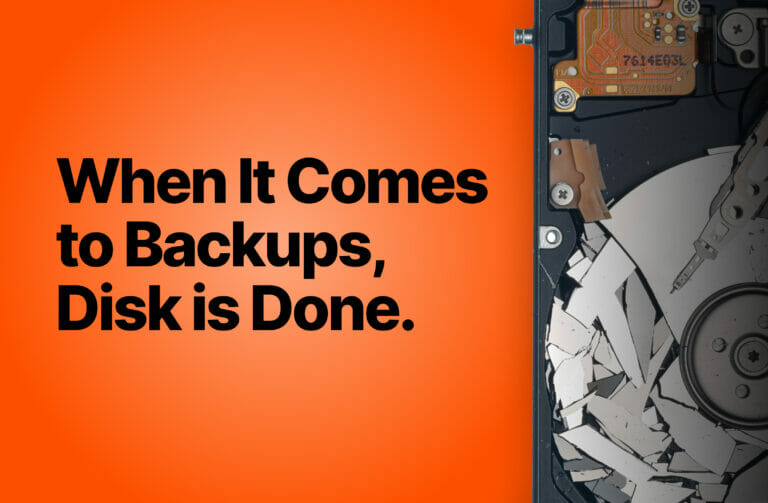Sean Schneyer assisted in the creation of this post.
Much of the discussion around 5G infrastructure focuses on the network edge. In an Analysys Mason survey of 30 global Tier 1 telecom operators, 87% considered edge computing as top strategic priority in the short term. And they’ve already begun implementation.
Why is there so much focus on the edge? Many new revenue-generating services depend on getting closer to the user with low-latency, high-bandwidth 5G services. Early-phase deployments are more consumer-focused. Enabling gaming and delivering high-quality video content are on the short-term roadmap.
But in the long term, selling services to enterprises provides opportunity for greater revenue. The range of potential use cases is very large. For example:
- Sensors detecting faults in remote equipment to prevent problems before they occur
- Healthcare services currently limited to hospitals may shift to mobile units or even into people’s homes
- Smart cars and smart city initiatives will offer many ways to leverage 5G
Services like these depend not only on connectivity but also on the ability to gather data, process it, and act on it.
With so much depending on the edge, what’s the formula for success?
Exploring the Edge
The first thing to understand: The exact location of “the edge” depends on the perspective.
With 5G, the network becomes more distributed and more fluid. And it needs to be more automated. Data workloads will be spread out depending on what’s needed in terms of resources and QoS requirements (such as latency, jitter, etc.). The concept of “edge” in a service provider network can be anything closer to the device than the current location.
On one extreme, this might mean a physically co-located cellular base station (a.k.a. Access Edge). It could also mean a more traditional data center within the service provider or colo partner (a.k.a. Network Edge). But as you get closer to user devices, you encounter constraints on acquisition costs, physical space, and access to operational personnel (e.g., field support) that come into play.
Pure Storage® has taken these (often competing) requirements into consideration. Our solutions focus on flexibility, efficiency, and simplicity. These are general business values that can apply to a multitude of 5G challenges facing carriers.
The Importance of Automation and Infrastructure
In the Analysys Mason survey, 80% of carriers noted that the “ability to operationalize and manage the cloud” was either critical (60%) or somewhat critical (20%).
By design, Pure arrays seamlessly integrate into operational workflows. They become an extension of the network that you can orchestrate programmatically through APIs and plugins.
Pure1® is a cloud-based, AI-driven storage management platform that provides continuous monitoring, predictive analytics, and proactive support.
New 5G use cases need a data-centric architecture that supports a shared data model. This solution must support high throughput and have scale-out capability. Also, while many current application stacks require file protocols (NFS/SMB), cloud-native applications often require object storage (S3).
Pure FlashBlade® is uniquely positioned as the world’s leading unified fast file and object platform. Ideally suited for telecom providers, FlashBlade addresses analytics, machine learning, artificial intelligence, and similar processes that use edge data.
5G rollouts will use a multimode infrastructure, combining both virtual machines and containers. Virtual machines are used to deploy virtualized network functions (VNFs). Containers are used for cloud-native network functions (CNFs). While VNFs are more prevalent today, adoption of container-based CNFs is growing.
Pure provides the ideal storage platform for both VNFs and CNFs. With deep VMware integration and the high performance of FlashArray™, Pure excels as hybrid-cloud infrastructure.
For containerized workloads, Portworx® provides a complete data solution, including backup and disaster recovery. Portworx integrates with both FlashArray and FlashBlade. Containerized workloads run with high performance and reliability, whether based on block, file, or object storage.
As telecom carriers compete to gain consumer market share and sell value-adding enterprise services, a reliable storage partner is key. Pure Storage® is already helping 15 of the top 20 global telecoms¹ deliver on the promise of 5G.
Read Powering 5G Success with Modern Data Storage for more about telecom and 5G infrastructure services from Pure.
¹ Based on BrandFinance rankings.
![]()






